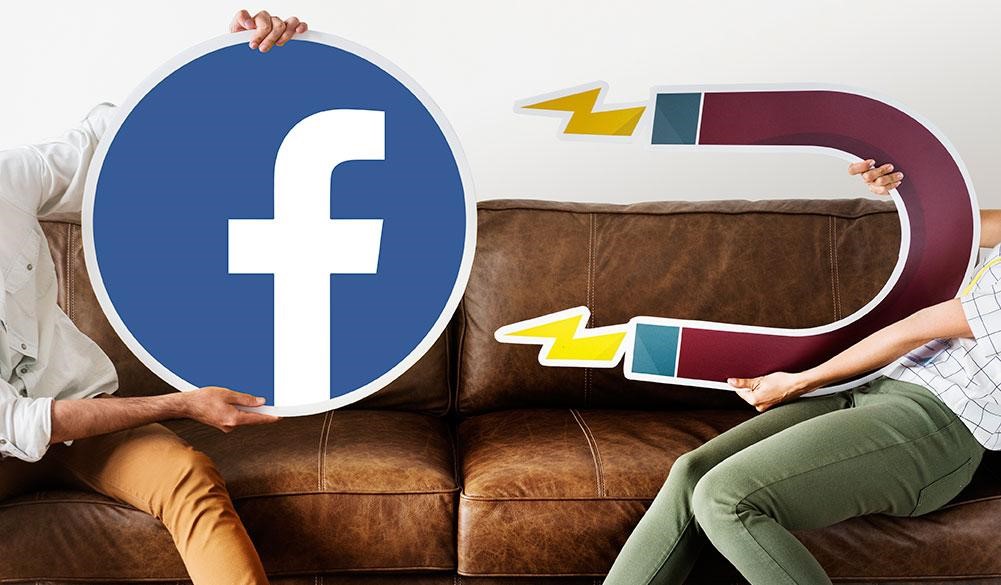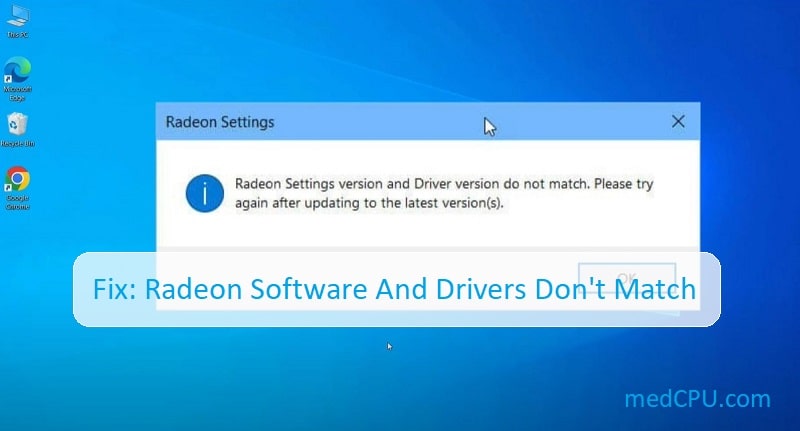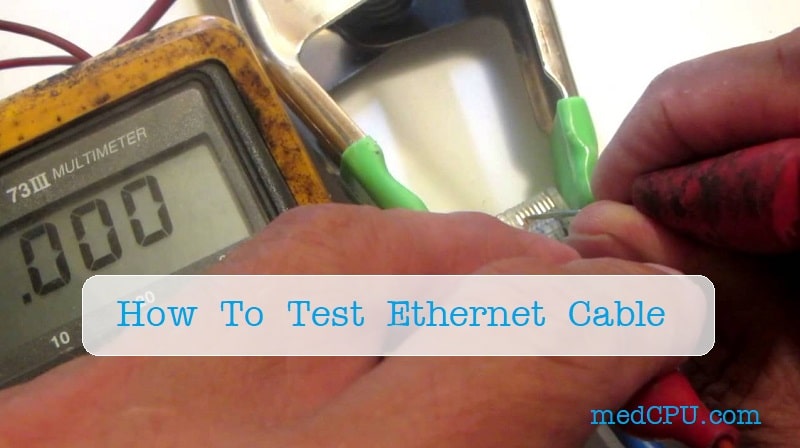Ever been stopped in your tracks because your Asus laptop just won’t power on? We’ve stumbled across this problem too, and with about 22% of laptops encountering issues within the first year of use, it’s not as uncommon as you might think.
In this blog post, medCPU will unpack various reasons why your laptop may refuse to start and provide clear troubleshooting steps that could help resurrect your gadget. Stay tuned – there’s a world of tech wisdom coming up next!
Why Won’t My Asus Laptop Turn On
There are several common causes for an Asus laptop not turning on, including battery issues, a faulty charger, problems with the laptop screen, BIOS issues, hardware issues, and faulty graphics drivers.
Battery issues
Battery issues frequently top the list of why your Asus laptop refuses to turn on. These problems can range from a battery that’s completely dead and unable to hold a charge, to one that’s simply worn out due to age.
Sometimes, it could be an issue of improper charging habits – leaving your laptop plugged in all the time isn’t healthy for its long-term battery life. If facing such issues, start by inspecting your battery health: check if the charging indicator lights are functioning as they should, or consider replacing an old battery with a new one.
It might just power up your Asus laptop again!
Faulty charger
Experiencing an Asus laptop that won’t power on can be quite frustrating, especially when you’re unsure of the cause. Often, one overlooked potential source of this issue is a faulty charger.
It’s not unusual for laptop chargers to wear out over time or experience damage from being mishandled.
Try to observe your charger for any obvious signs of damage such as frayed wires or a loose connection at the plug — these could result in your Asus laptop not charging or turning on.
But keep in mind that even if it appears intact outwardly, internal issues might stop it from delivering sufficient power to your computer. If possible, test with another compatible charger or get yours checked at a reputable electronics repair shop before concluding that your “laptop won’t start”.

Laptop screen issues
Laptop screen issues can often masquerade as an Asus laptop not turning on. In reality, your laptop could be powering up but failing to produce a visible display. This tends to happen when the backlight fails or the screen is damaged, prompting a black or blank screen upon startup – commonly referred to as the ‘black screen of death’.
Yet another scenario involves graphic drivers that are outdated or corrupted causing your laptop’s display not to respond after booting. These problems can leave you feeling like your Asus laptop won’t start up, even though it’s successfully powering on in the background.
It’s crucial to accurately diagnose these issues for effective troubleshooting steps.
BIOS issues
When dealing with an Asus laptop not turning on, it is important to consider potential BIOS issues as one of the common causes. The Basic Input/Output System (BIOS) is responsible for initializing hardware components and loading the operating system when you power on your laptop.
If there are errors or conflicts within the BIOS settings, it can prevent your Asus laptop from turning on properly. In such cases, resetting the BIOS settings to default or updating the BIOS firmware may solve the issue.
However, it’s crucial to exercise caution and follow specific instructions provided by Asus or seek professional assistance to avoid any further complications.
Hardware issues
Sometimes, hardware problems can prevent your Asus laptop from turning on. These issues can include faulty components like the motherboard, hard drive, or RAM. If any of these parts are malfunctioning, it can disrupt the power flow and prevent your laptop from starting up properly.
In some cases, loose connections between different hardware components can also cause this issue. It’s important to ensure that all internal connections are secure and functioning correctly to eliminate any potential hardware issues.
Faulty graphics drivers
If your Asus laptop is not turning on, one possible cause could be faulty graphics drivers. Graphics drivers are software programs responsible for enabling communication between the operating system and the graphics card on your laptop.
If these drivers become corrupted or outdated, it can result in issues with the display and prevent your laptop from starting up properly.
To troubleshoot this problem, you can start by updating or reinstalling the graphics drivers. To do this, go to the manufacturer’s website and download the latest version of the graphics driver specifically designed for your Asus laptop model.
Once downloaded, install the driver following the provided instructions.
If updating or reinstalling doesn’t resolve the issue, you may need to perform a clean installation of Windows on your laptop. This process will remove all data on your computer, so make sure to back up any important files before proceeding.
After reinstalling Windows, you can then install the necessary graphics drivers from scratch.
Troubleshooting Steps for Asus Laptop Not Turning On
To troubleshoot an Asus laptop that is not turning on, follow these steps: check the display settings, disconnect any external devices, inspect for connection issues, perform a hard reset, re-install the RAM, and re-install graphics drivers.
Check display settings
To troubleshoot an Asus laptop that won’t turn on, you should start by checking the display settings. Make sure that the brightness level is set to an appropriate level and that the display is not turned off or in sleep mode.
Pressing the appropriate function key on your keyboard, usually labeled with a sun icon or a monitor icon, can adjust these settings. If there are external monitors connected to your laptop, ensure they are properly connected and functioning.
Sometimes, incorrect display settings can cause the laptop screen to appear black or unresponsive upon startup. By verifying and adjusting these settings, you might be able to resolve the issue and get your Asus laptop back up and running smoothly.
Disconnect external devices
Disconnecting external devices can often resolve the issue of an Asus laptop not turning on. Sometimes, connected devices such as printers, USB drives, or even external monitors can cause conflicts with the laptop’s boot process.
By disconnecting all non-essential peripherals from your laptop and then attempting to turn it on, you can determine whether any of these devices are causing the problem. Make sure to remove any CDs or DVDs from the optical drive as well.
Once everything is disconnected, try powering on your Asus laptop again to see if it starts up properly.
Check for connection issues
To troubleshoot an Asus laptop that won’t turn on, it’s important to check for connection issues. Sometimes, loose or faulty connections can prevent the laptop from powering up properly.
Start by unplugging all external devices such as USB drives and printers, then carefully inspect the power cable and ensure it’s securely connected to both the laptop and the power outlet.
If you’re using a charger with a removable cable, check for any signs of damage or wear. Additionally, verify that there are no bent pins in your charging port by gently examining it with a flashlight.

Perform a hard reset
To troubleshoot an Asus laptop that won’t turn on, performing a hard reset can often resolve the issue. A hard reset is a simple process that helps to reset the system and clear any temporary glitches.
To perform a hard reset, start by disconnecting the power adapter and removing the battery (if it’s removable). Then, press and hold down the power button for about 15-20 seconds. Afterward, release the power button, reinsert the battery (if applicable), plug in the power adapter, and try turning on your laptop again.
This method can help to refresh your laptop’s hardware and software components and potentially resolve any underlying issues causing it not to turn on properly.
Re-install RAM
To troubleshoot an Asus laptop not turning on, one of the steps you can try is to reinstall the RAM. Sometimes, a loose or faulty RAM module can prevent your laptop from starting up properly.
To do this, make sure your laptop is turned off and disconnected from any power sources. Locate the memory compartment (usually at the bottom of your laptop) and carefully remove the RAM modules.
Then, firmly re-insert them back into their slots ensuring they are properly seated. Once done, reconnect all power sources and try turning on your laptop again to see if it resolves the issue.
Re-install graphics drivers
To troubleshoot the issue of an Asus laptop not turning on, one potential solution is to reinstall the graphics drivers. Graphics drivers are essential for displaying images and videos on your laptop screen.
If they become corrupted or outdated, it can lead to display issues and prevent your laptop from starting up properly. To re-install the graphics drivers, you can follow these steps:
- Go to the official website of Asus and navigate to their support page.
- Enter your laptop’s model number or search for the relevant driver downloads section.
- Locate the latest graphics driver for your specific model and download it onto your computer.
- Once downloaded, double-click on the file to begin the installation.
- Follow any prompts or instructions provided by the installation wizard.
- Restart your laptop after completing the installation process.
Re-installing graphics drivers can help resolve compatibility issues, bugs, or other software-related problems that may be preventing your Asus laptop from turning on successfully.
Specific Fixes for Asus Laptop Not Turning On
If you’re still having trouble turning on your Asus laptop, don’t worry – we’ve got some specific fixes that may help. From performing an Embedded Controller reset to checking the battery and charging, these solutions can get your laptop up and running again.
Don’t miss out on these crucial steps – read more now!
Perform an Embedded Controller reset
To perform an Embedded Controller reset on your Asus laptop, follow these steps. First, disconnect the power adapter from your laptop and remove the battery if possible. Then, press and hold the power button for about 20 seconds to discharge any residual power.
After that, release the power button and reconnect the battery or plug in the power adapter. Finally, press the power button again to turn on your laptop. This reset can help resolve issues related to hardware conflicts or firmware glitches that may be preventing your Asus laptop from turning on properly.
Check battery and charging
One of the first things you should check if your Asus laptop won’t turn on is the battery and charging. Make sure that your laptop is properly connected to the power source and that the charger is functioning correctly.
Try using a different power outlet or charger to rule out any issues with those components. If your battery is removable, disconnect it from the laptop and then reconnect it securely.
Sometimes, a loose connection can prevent your laptop from turning on. Additionally, check if there are any signs of physical damage to the battery or charging port. By checking these simple steps, you can quickly determine if battery or charging issues are causing your Asus laptop not to turn on.
Connect an external monitor
To troubleshoot an Asus laptop that won’t turn on, connecting an external monitor can be a helpful step. By connecting a separate monitor to your laptop’s HDMI or VGA port and turning it on, you can determine if the issue lies with your laptop screen or another component.
If the external monitor displays content and functions properly, then the problem might be with your laptop screen itself. However, if both screens remain blank or show similar issues, there may be a deeper hardware or software problem at play.
Connecting an external monitor allows you to eliminate or identify potential causes for your Asus laptop not turning on effectively.
Summary of Troubleshooting Steps
In summary, if your Asus laptop is not turning on, there are several troubleshooting steps you can take. First, check for common causes such as battery issues or a faulty charger. Next, try disconnecting external devices and performing a hard reset.
Re-installing RAM and graphics drivers may also help resolve the issue. For specific fixes, consider performing an Embedded Controller reset or connecting an external monitor. By following these troubleshooting steps, you can hopefully get your Asus laptop up and running again in no time!
Conclusion
In conclusion, there are several common causes for an Asus laptop not turning on, including battery issues, faulty chargers, screen problems, BIOS issues, hardware faults, and faulty graphics drivers.
However, by following some troubleshooting steps such as checking display settings, disconnecting external devices, performing a hard reset, or reinstalling RAM and graphics drivers, you can often resolve the issue yourself.
If these general fixes don’t work for your specific situation with the Asus laptop not turning on problem then you may need to perform an Embedded Controller reset or check the battery and charging connections.
Remember to consult additional resources if needed.
Additional Resources for Asus Laptop Troubleshooting
If you’re still experiencing issues with your Asus laptop not turning on, there are several additional resources available to help troubleshoot and resolve the problem. The official Asus support website is a great place to start, as it offers a wealth of resources including FAQs, user manuals, and driver downloads specific to your model.
Another valuable resource is online forums and communities dedicated to Asus laptops. These platforms provide a space for users to share their experiences and solutions for common problems.
Often, you can find step-by-step guides or recommendations from other users who have faced similar issues.
Additionally, YouTube tutorials can be incredibly helpful when troubleshooting technical problems. Many tech-savvy individuals create videos demonstrating how to fix various laptop issues, including those specific to Asus models.
Watching these tutorials visually enables you to follow along with the steps and better understand the process.
Remember that if you’re uncomfortable performing any troubleshooting steps yourself or if none of the suggested solutions work for your specific issue, it’s always recommended to reach out directly to Asus customer support or take your laptop to a professional technician for assistance.
Final Thoughts
In conclusion, there are several common causes for an Asus laptop not turning on, including battery issues, faulty chargers, and hardware problems. By following the troubleshooting steps outlined in this article and trying specific fixes like performing an Embedded Controller reset or checking the battery and charging, you can often resolve the issue on your own.
Remember to always seek professional help if needed. Don’t let a non-responsive laptop keep you from productivity – take action and get back up and running as soon as possible!
FAQs
1. What could be the reasons why my Asus laptop won’t turn on?
There are several possible reasons why your Asus laptop is not turning on, including a drained battery, a faulty power adapter, hardware issues, or a software problem.
2. How can I troubleshoot my Asus laptop that won’t turn on?
First, make sure the power adapter is properly connected and try to charge the laptop for a while. If that doesn’t work, you can try removing the battery and using only the power adapter to see if it turns on. You can also perform a hard reset by holding down the power button for about 30 seconds.
3. Is there anything I can do if my Asus laptop still won’t turn on after troubleshooting?
If your Asus laptop still refuses to turn on after troubleshooting steps like checking connections and performing a hard reset, it’s advisable to seek professional help from an authorized service center or contact Asus customer support for further assistance.
4. Can viruses or malware cause my Asus laptop not to turn on?
While it is uncommon for viruses or malware alone to prevent your Asus laptop from turning on, they could potentially affect system files or corrupt startup processes leading to such issues. Running regular antivirus scans and keeping your operating system up-to-date may help prevent these problems in general.
Related Posts:

Eyal Ephrat serves as the co-founder and CEO of medCPU.com, where technology is making significant strides in the field of medicine. Through his experience in purchasing PC and laptop equipment and various other tech products, Eyal Ephrat contributes valuable insights to medCPU’s mission.





